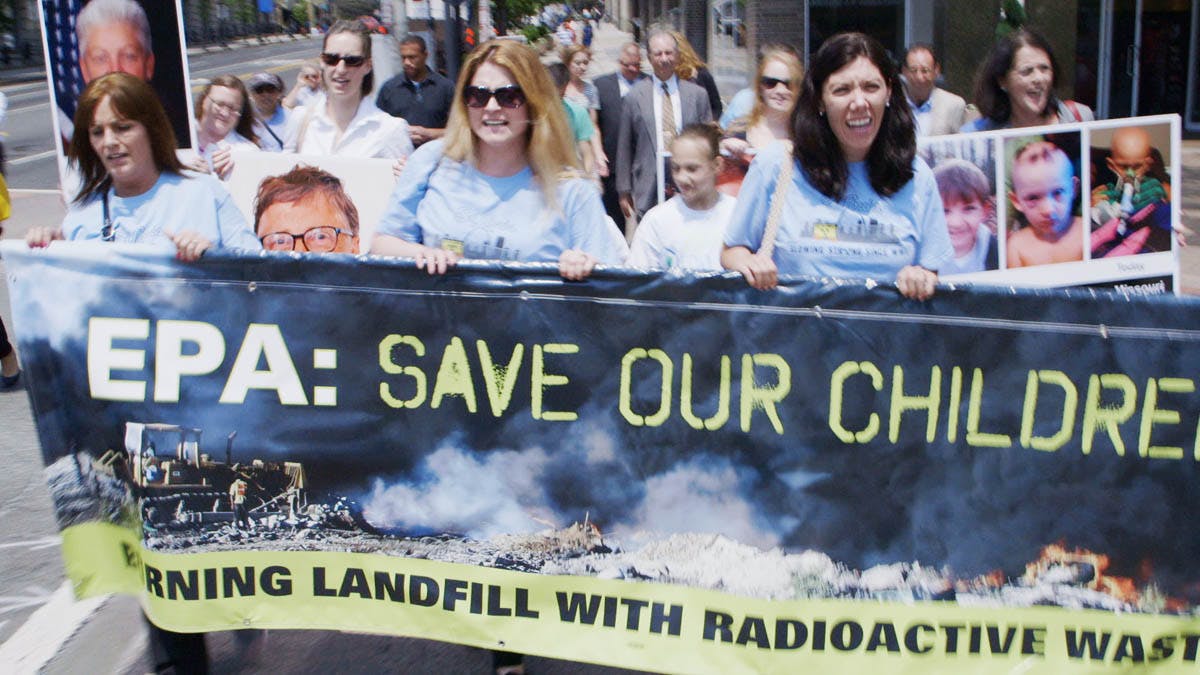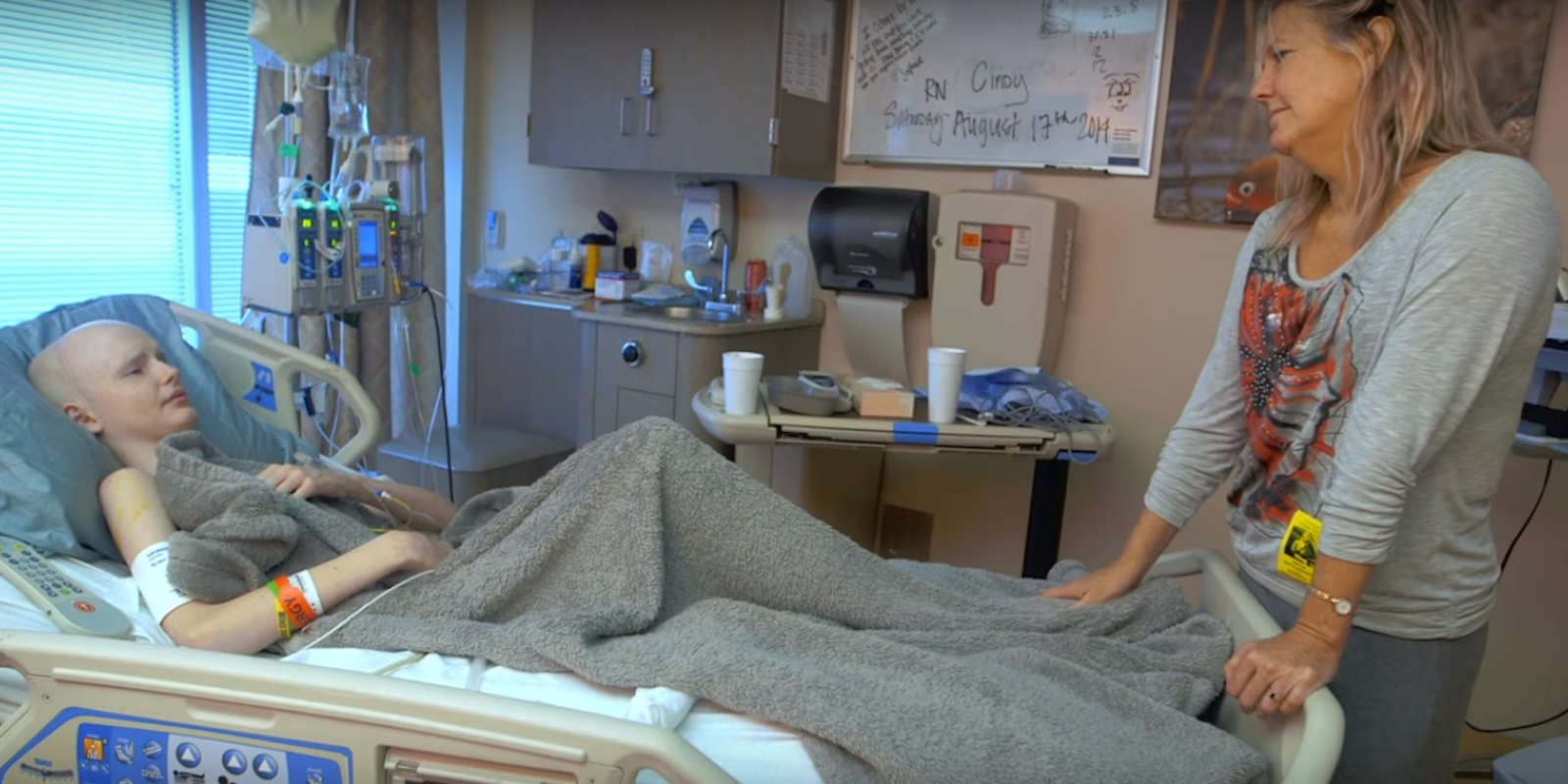Director Rebecca Cammisa’s intense documentary, Atomic Homefront, is a profoundly emotive dive into the unintended outgrowths of the atomic age.
The film takes a human look into a St. Louis-area radioactive landfill that dates back to the Manhattan Project. Cammisa runs down the intertwining and harrowing paths of Bridgeton, Missouri, residents, and those living near the Coldwater Creek floodplain, which flows downstream from the nuclear landfill.
As the story goes, a still-functioning downtown St. Louis business called Mallinckrodt processed African uranium for the Manhattan Project, the top-secret mission leading to the birth of nuclear weapons in the ’40s. Cammisa shows archival footage of employees carelessly manipulating the material as if it were Play-doh.

The remaining excess was once stored near the airport. However, out of laziness, the waste ended up buried in West Lake Landfill near Bridgeton. Mallinckrodt and the federal government evidently didn’t see an issue and wiped its hands. However, a 1981 inquiry involving approximately 2,000 uranium workers, employed by Mallinckrodt, showed an increase in multiple cancers. People also began purchasing homes around this radiated death trap. Much more would almost “catch” cancer as if it were a cold.
The Environmental Protection Agency (EPA) eventually noticed, but it was buried on its list of priorities.
Because there isn’t any official evidence—or any that the government will admit to—supporting a causal relationship between the radiation and the extraordinary rates of various cancers, pulmonary diseases, and multiple sclerosis, the residents exist on a shifting plate, tottering white-hot anger and unparalleled astonishment toward the federal authorities. The film is well-researched given that there’s an open, yet silent antagonism toward those seeking purpose by pushing back on the government’s “science” about the radiation exposure.
Dawn Chapman of activist group Just Moms STL is thrust forward in the film as the every-person, a devoted mom, and wife trying to fight the power from her kitchen table. Lois Gibbs of the infamous Love Canal disaster in Niagara Falls appears as a guiding light. Her efforts lead to the creation of a Superfund, an EPA program that allocates funding for long-term cleanup projects.

In the end, the critical takeaway remains the government’s dark submission to weapons. The human impact in the film is maddening and undeniable, begging for some exploration into the awful self-evidence of our defense apparatus: We need these weapons, so whatever collateral damage arises is for the good of the country. Yes, even your cancer.
Consider the cruel irony in the careless dumping and mismanagement of radioactive waste, virtually turning the West Lake Landfill into an ongoing dirty bomb.
There’s a cautionary gravitas to Atomic Homefront, but no traditional build into some grand resolution. It’s all thrown at viewers’ feet: the anger, untimely deaths of the young, despair, and information. The message is clear: There’s more here than lethargy and ineptitude.
Still not sure what to watch on HBO? Here are the best movies on HBO, the best HBO documentaries, and what’s new on HBO Go this month.


